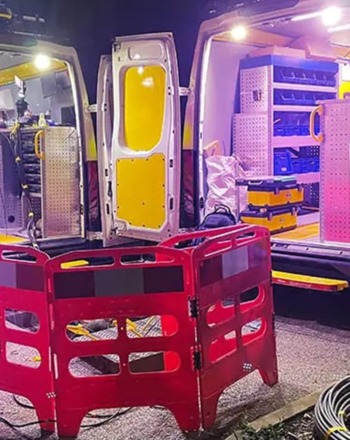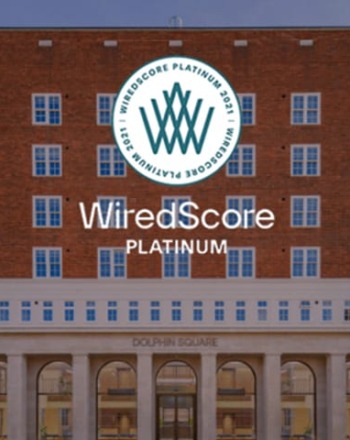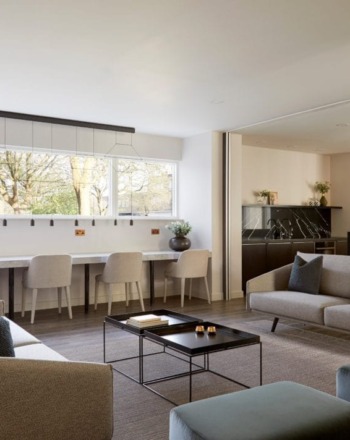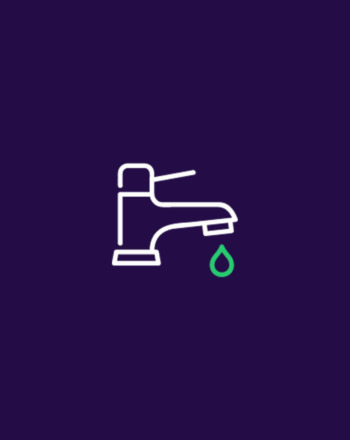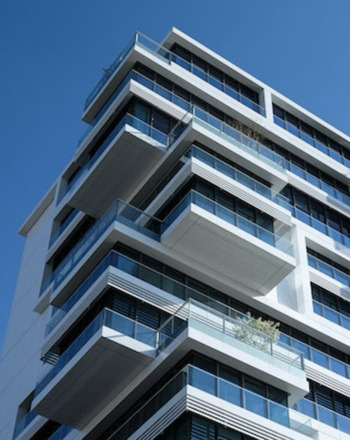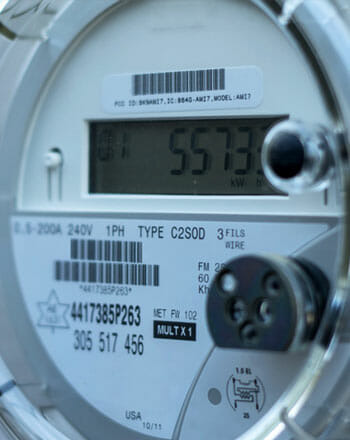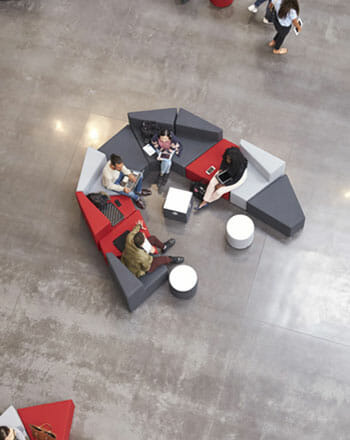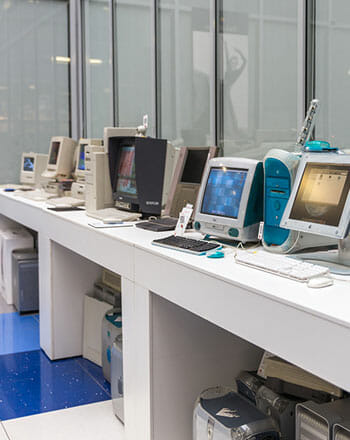The term “single pane of glass” technology is a bit of a mouthful, but it refers to a paradigm where data and interfaces are unified under a single view – hence the single pane of glass.
Modern technological systems – such as smart buildings – extract and aggregate data from a wide range of sources, which can complicate the process of managing everything seamlessly.
For example, building access control, heating, lighting, HVAC, etc, can be unified under a single pane of glass.
This blog explores single pane of glass technology in the context of smart building management.
Understanding Smart Building Management
At the heart of a smart building is a network of interconnected systems and sensors that automate numerous tasks, from energy management to security.
For instance, sensors can detect when a room is empty and automatically adjust lighting and heating to conserve energy.
These systems are all linked to a centralised software platform, typically hosted on a cloud, where real-time data is analysed to make dynamic adjustments throughout the building.
This not only reduces waste but also optimises the use of resources, contributing to sustainability goals.
Moreover, smart buildings offer advanced security features, such as biometric access controls and real-time surveillance.
Beyond the automation, users often have the ability to manually control these settings through intuitive dashboards, which they can access via smartphones or other devices.
The Advantages of Single Pane of Glass Technology
Full Analytics Data
Say goodbye to juggling multiple platforms and dashboards. With single pane of glass, all analytics data is compiled into one interface – which is the fundamental goal.
Heightened Control
Leveraging a single dashboard provides managers and occupiers greater control over their building’s functionality.
This extends to HVAC units, lighting, security systems and access control – you can control all these functions from a centralised interface.
Easy Integration
Modern software integration methods, such as API, make it easier to integrate software platforms across multiple modalities.
Implementing Single Pane of Glass Solutions
Transitioning to a single pane of glass technology isn't as cumbersome a process as it once was, but partnering with an expert service provider is crucial.
Here's how it generally works:
Initial Assessment
The first step is to assess the existing technology and systems within the building.
The goal here is to understand the current layout, capabilities, and compatibility issues.
This could involve an in-depth survey of your building's wiring, network configurations and existing management software. Building features like access control, alarms, security, etc, are also analysed for compatibility.
Customisation
Once the initial assessment is completed, the next stage is customising the single pane of glass solution to fit the unique needs of your building.
This could mean developing bespoke software interfaces or simply configuring existing solutions to work seamlessly with your building's architecture.
As mentioned, modern software has become easier to integrate via API.
Integration
The process of integrating a single pane of glass system is designed to be minimally disruptive.
It typically involves installing new or upgrading new sensors, rewiring where necessary, and deploying new software solutions that provide the 'single pane' dashboard.
Testing and Roll-out
Before full-scale deployment, it’s vital to run tests to ensure the system functions as expected.
Immediate Benefits
The advantages of adopting this technology are evident right from the get-go.
A single dashboard allows for more straightforward management, helping to streamline operations and improve financial efficiency by offering real-time data and analytics.
Future Trends in Smart Building Management
AI and Predictive Analytics
AI-based predictive analytics provide building managers with alerts as they arise, including equipment failures and hazards.
IoT-Enabled Sensors
Internet of Things (IoT) technology is fundamental to intelligent building paradigms and has evolved to encompass a wider range of sensors and equipment.
Machine Learning Algorithms
Machine learning algorithms will help decipher and use complex data streams.
For instance, climate control systems could learn from past data to automatically adjust settings, saving energy while maximising comfort.
Sophisticated Single Pane Systems
As technology advances, the single pane of glass will evolve into an even more robust management tool.
Future iterations will likely offer more detailed analytics, control features, and customisability, enabling building managers to fine-tune intricate operations.
Explore Glide's Smart Solutions
If you're eager to enter the exciting world of intelligent building management, Glide can deliver expert advice and hardware support.
We specialise in delivering advanced networking infrastructure, which is fundamental to creating reliable, high-performance smart buildings.
From business fibre connectivity to integrated single pane of glass solutions, Glide will establish your requirements and deliver the infrastructure required to get your project off the ground.











